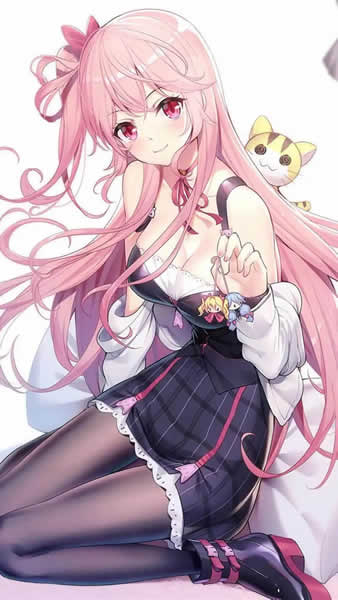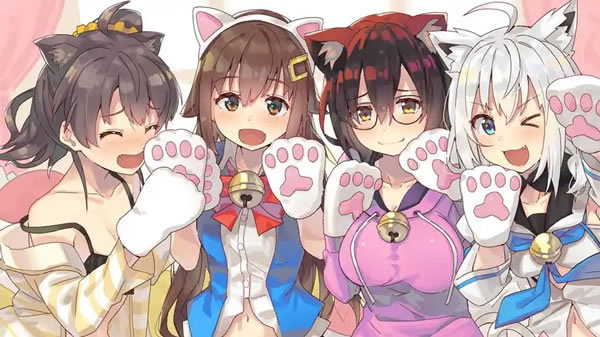League of Legends: The Evolution of a Global Gaming Phenomenon
· 发布时间:2025-07-24 09:06:51League of Legends: The Evolution of a Global Gaming Phenomenon
League of Legends, often abbreviated as LoL, stands as one of the most influential multiplayer online battle arena (MOBA) games in the world. Since its release in 2009 by Riot Games, it has redefined competitive gaming, fostering a thriving esports scene and captivating millions of players across the globe. This article explores the game's evolution, its impact on the gaming industry, and the cultural significance it holds today.
The Origins and Gameplay Mechanics

League of Legends emerged as a spiritual successor to the popular Warcraft III mod, Defense of the Ancients (DotA). Riot Games sought to refine the MOBA formula, introducing streamlined mechanics, a diverse roster of champions, and a free-to-play model supported by microtransactions. The core gameplay revolves around two teams of five players competing to destroy the opposing Nexus, each controlling a unique champion with distinct abilities.
Strategic depth lies in champion selection, item builds, and map control. The game’s three primary lanes—top, mid, and bottom—alongside the jungle area, create dynamic gameplay where teamwork and adaptability are paramount. Over the years, Riot has continuously updated League of Legends, introducing new champions, balancing patches, and seasonal events to maintain player engagement.
The Rise of Esports and Competitive Play

Few games have influenced esports as profoundly as League of Legends. The establishment of the League of Legends Championship Series (LCS) in 2013 marked a turning point, providing a structured competitive ecosystem. Regional leagues, such as Europe’s LEC and Korea’s LCK, further solidified its global presence.
The annual World Championship serves as the pinnacle of competitive play, drawing millions of viewers. Events like the 2017 finals in Beijing’s Bird’s Nest Stadium and the 2022 finals in San Francisco’s Chase Center showcased the game’s massive appeal. Professional players, such as Faker, Uzi, and Caps, have become household names, embodying the skill and dedication required to excel in League of Legends.
Cultural Impact and Community Engagement
Beyond competitive play, League of Legends has permeated popular culture through music, animation, and merchandise. The virtual band K/DA, featuring in-game champions as pop stars, achieved viral success with hits like POP/STARS. Additionally, the Netflix series Arcane, set in the game’s universe, received critical acclaim for its storytelling and animation quality.
The game’s community remains one of its strongest assets. Fan-created content, from fan art to in-depth strategy guides, fosters a sense of belonging among players. However, the community also faces challenges, including toxicity and balancing issues, which Riot continually addresses through behavioral systems and gameplay updates.
The Future of League of Legends
As League of Legends enters its second decade, Riot Games shows no signs of slowing down. The introduction of new game modes, such as Teamfight Tactics (TFT) and Wild Rift (the mobile adaptation), expands its reach. Additionally, advancements in AI and machine learning may further refine matchmaking and anti-cheat systems.
The game’s enduring success lies in its ability to evolve while retaining its core identity. Whether through esports, multimedia expansions, or community-driven content, League of Legends remains a cornerstone of modern gaming culture.
In conclusion, League of Legends transcends being merely a game—it is a dynamic, ever-evolving phenomenon that continues to shape the digital entertainment landscape. Its legacy is a testament to the power of innovation, competition, and community in the world of gaming.
相关推荐:
Microsoft DirectX 9.0c:图形技术的经典支柱
老滚5是什么游戏:这是一款由Bethesda Game St...
TI6冠军Wings Gaming:荣耀背后的团队协作与战术创新
正义之怒传奇道途:在Pathfinder: Wrath of...
Ghost of Tsushima:在13世纪末的日本,蒙古...
The Shy:在电子竞技的璀璨星空中,某些名字注定成为永恒...
Chained together:数字时代下个体与社会的紧密...
Need for Speed: The Evolution of Racing Games
收获日2:作为一款由Overkill Software开发的...
League of Legends: 全球电子竞技现象与游戏文化解析